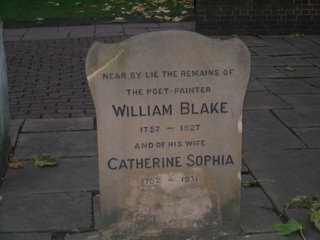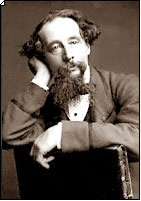 Down to Earth Storyteller
Down to Earth StorytellerWhile writers and artists such as Charles Dickens, Joseph Turner and William Blake were influential in encouraging F W Boreham in his vision for ordinary and everyday things, a major impetus for this sprang from Jesus, the teacher from Nazareth.
Cultivator of Vision
In his Bevan Lectures to preachers at Adelaide’s Parkin College in 1931, Boreham revealed his belief that in any sphere in which people excel, the cultivation of vision was one of three essential arts. Taking the ministry of Jesus as his supreme model and showing the inextricable link between subject and style, the lecturer said:
"He saw things as nobody else saw them. Take, for example, His view of the mob, the crowd, the rabble. Nobody else ever noticed in the pushing, jostling, struggling multitude anything particularly charming. But He did. He looked upon the Eastern crowd; it ravished His eyes: and straightway He likened it to a flock of shepherdless sheep and to a field of golden corn. To the average man, the mob is the most prosaic of all prosaic things. But, in His vision, it became a pastoral idyll: the mob became white sheep on a green and graceful hillside. It became an agricultural idyll: the mob became a field of standing corn, flecked with crimson poppies, over which the clouds were scudding. And, since, in fields and flocks, an Eastern told His wealth, the mob became transformed into a commercial idyll. In the rabble He saw fields and flocks—His fields and His flocks—and it was to Him a stately vision of His own abiding affluence."[1]
In this excerpt from Boreham’s first lecture, ‘The preacher’s vision’, the stimulus of his theme and the source of his passion for the prosaic are evident. It suggests that Boreham saw through the biblical lens and, letting his imagination soar, added colourful details such as golden corn, crimson poppies and scudding clouds to enable his hearers to picture the truth.
Teller of Parables
This statement illustrated Boreham’s use of the parabolic method in which he took an everyday scene and reflected upon it until he arrived at a significant truth. Rather than squeezing one image until exhausting truth, Boreham demonstrated in this lecture his propensity to gather several images, view their various facets like a jeweller and then paint with words the detail of what he saw in order to build a compelling case for the value of an ordinary crowd.
Geoff Pound
Image: "Scudding clouds" in the Middle Eastern sky, Fujairah, UAE.
[1] Australian Christian world, 26 June 1931.


 Vision for the Ordinary
Vision for the Ordinary Boreham and Dickens
Boreham and Dickens Secret to His Success
Secret to His Success
